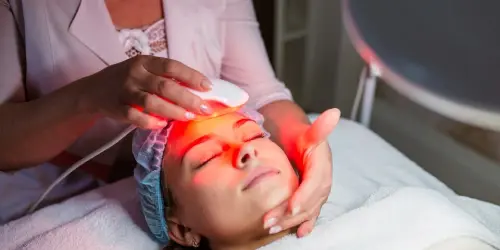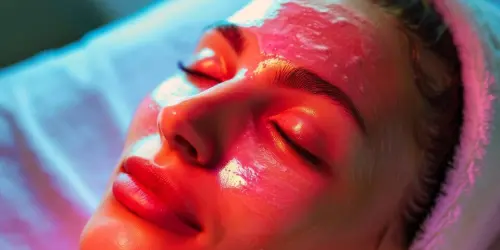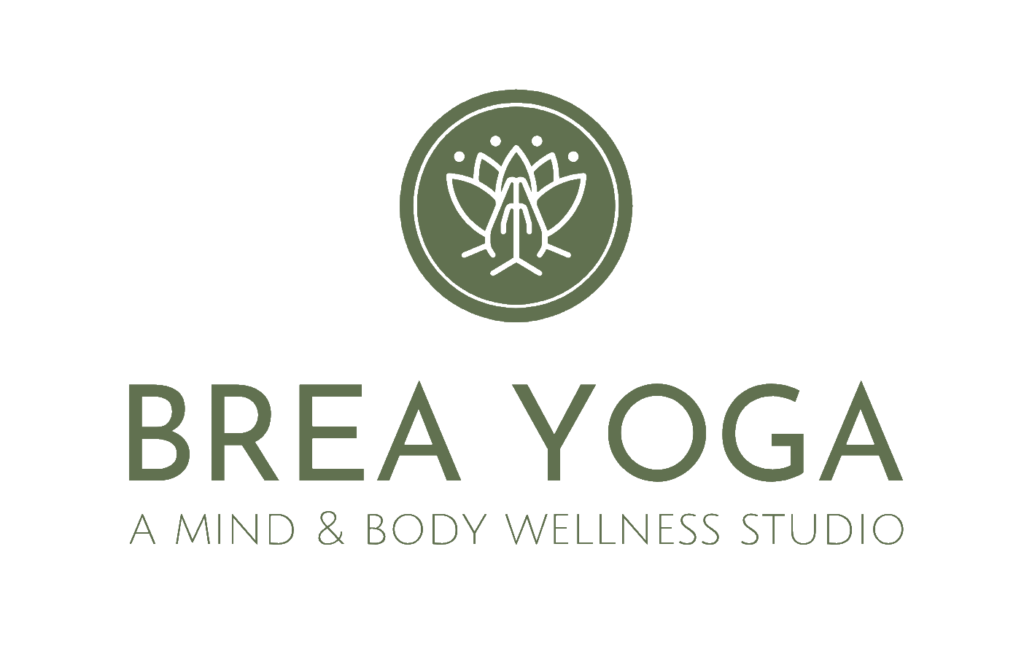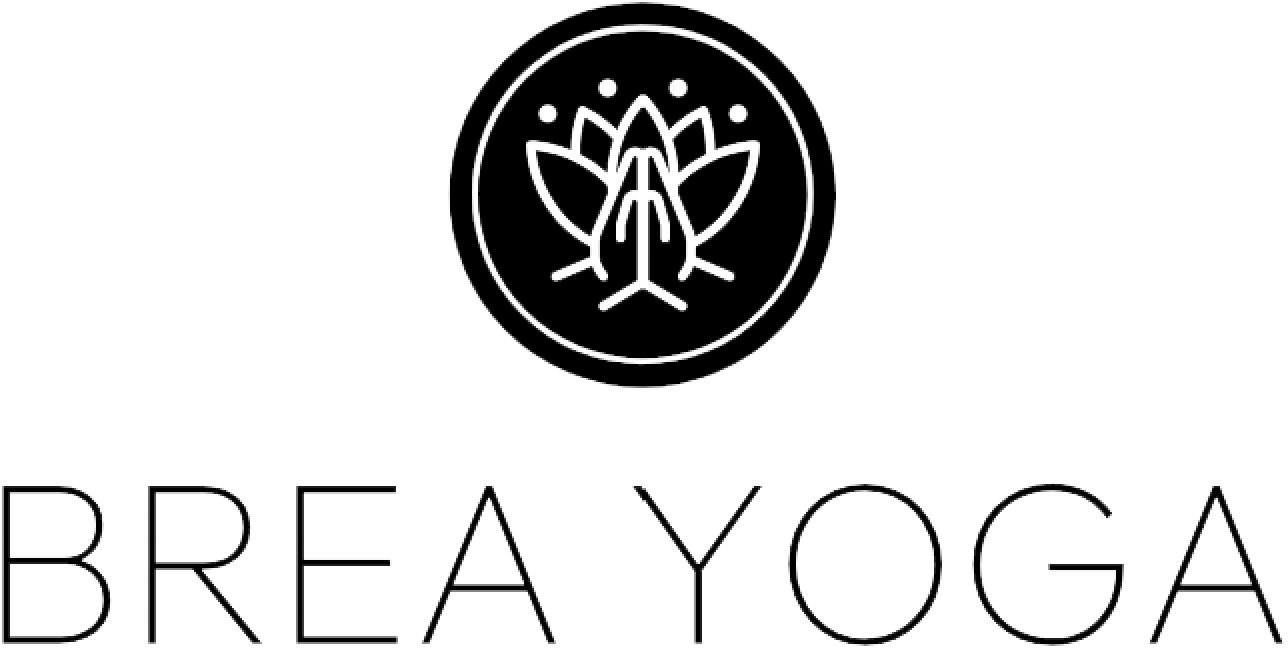Exesas Red Light Therapy
Standing/Seated Red Light panel with Himalayan Salt Wall
Red light therapy (RLT) is a treatment that uses low levels of red light to target your skin and cells. It works by delivering light to your cells, which are believed to absorb it through chromophores, light-sensitive molecules. One of the main chromophores targeted by RLT is cytochrome c oxidase, found in your mitochondria. Mitochondria are often referred to as the “powerhouses” of your cells, responsible for energy production. By stimulating these chromophores, RLT may increase mitochondrial activity, potentially leading to various cellular benefits.
Studies suggest RLT may be helpful for various skin conditions. It may help with wrinkles and fine lines by boosting collagen production, a protein that gives skin its structure. There’s also evidence for RLT reducing acne by reducing inflammation and promoting wound healing. It might also improve scars and stretch marks and help with psoriasis and eczema by calming inflammation and promoting skin cell turnover. Additionally, studies suggest RLT can aid wound healing by increasing blood flow and collagen production, and may even help with sun damage by reducing inflammation and promoting tissue repair.


Red light therapy is also being explored for hair loss. Some research suggests RLT could stimulate hair growth in people with androgenic alopecia (common baldness) by increasing blood flow to the scalp and lengthening the hair growth phase. There’s also evidence for RLT reducing pain and inflammation, potentially helpful for conditions like arthritis and muscle soreness. Research is ongoing to explore even more uses of RLT, including muscle recovery, reducing side effects of some cancer treatments, and even improving mood.
RLT is a reportedly safe and non-invasive treatment option. It does not require any downtime, and there are little to no side effects. Unlike some other treatments, RLT can be used daily. It’s important to remember that while research shows promise, results can vary. The effectiveness might depend on factors such as the specific condition you’re targeting, treatment parameters (wavelength, dose, duration), and individual differences. More robust research is needed to confirm its effectiveness for various uses. Talk to your doctor about the potential benefits and risks of RLT before using it for any specific condition, especially if you have certain medical conditions or take medications.

It is essential to follow the instructions of your RLT device and to avoid staring directly into the light. Pregnant women or those who are photosensitive should not use RLT.
Pricing
- 15 minute session: $20
- 30 minute session: $30

